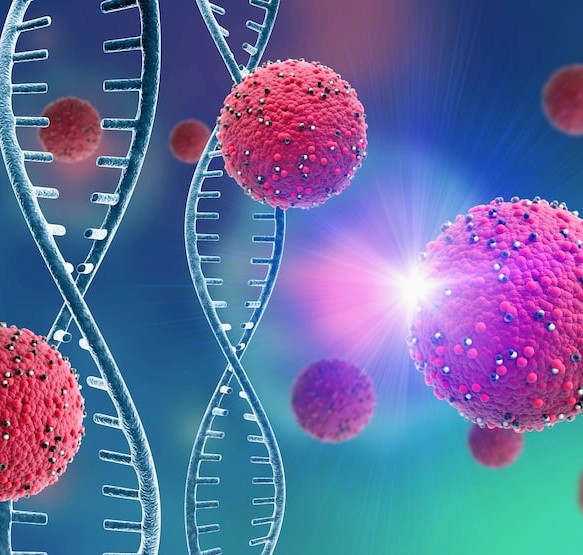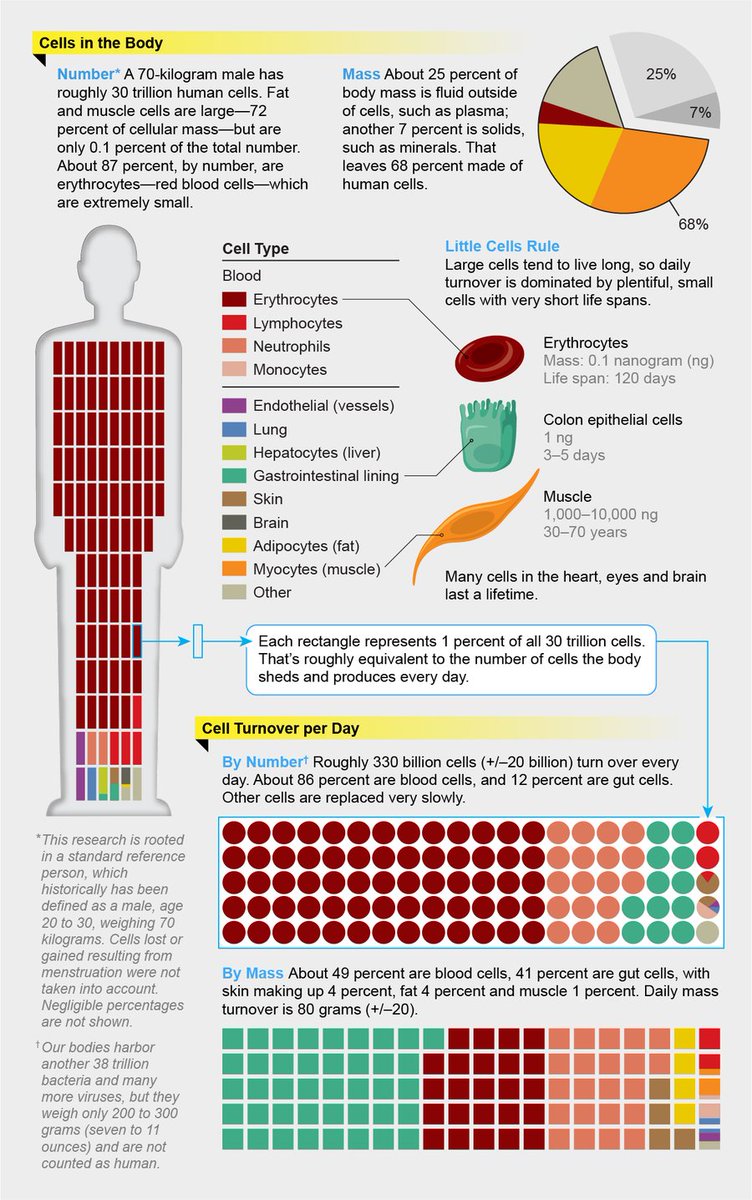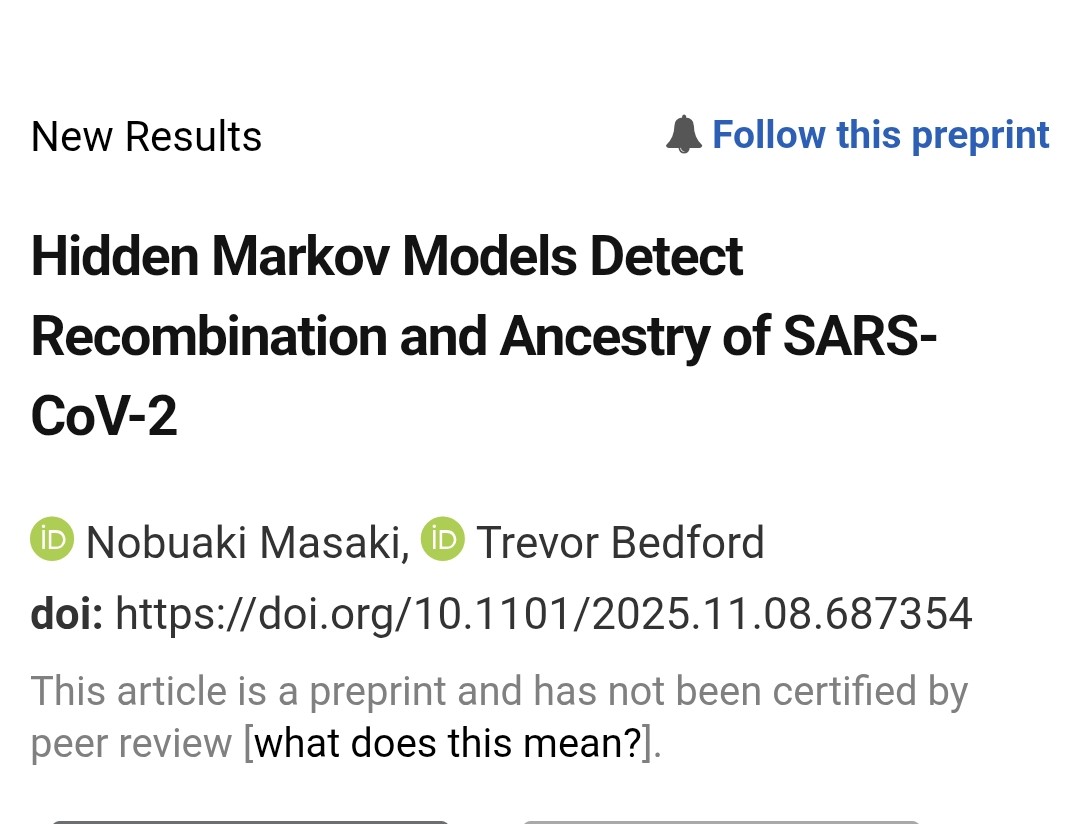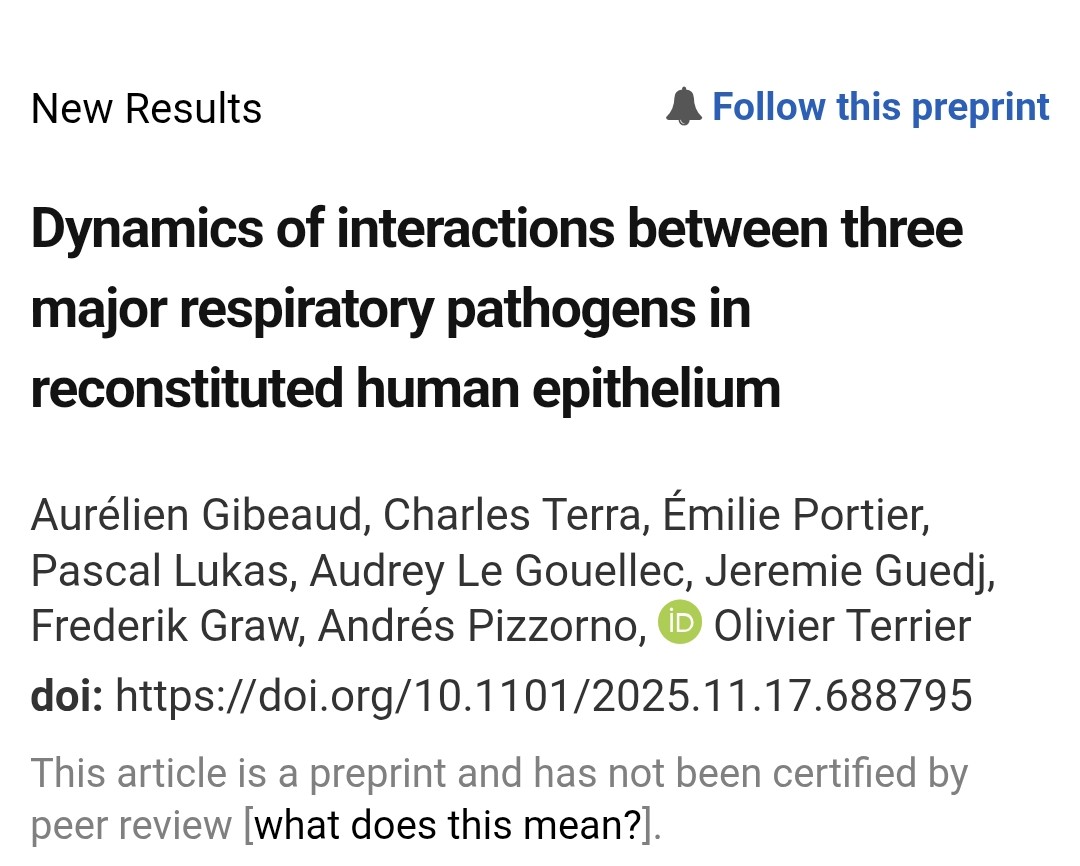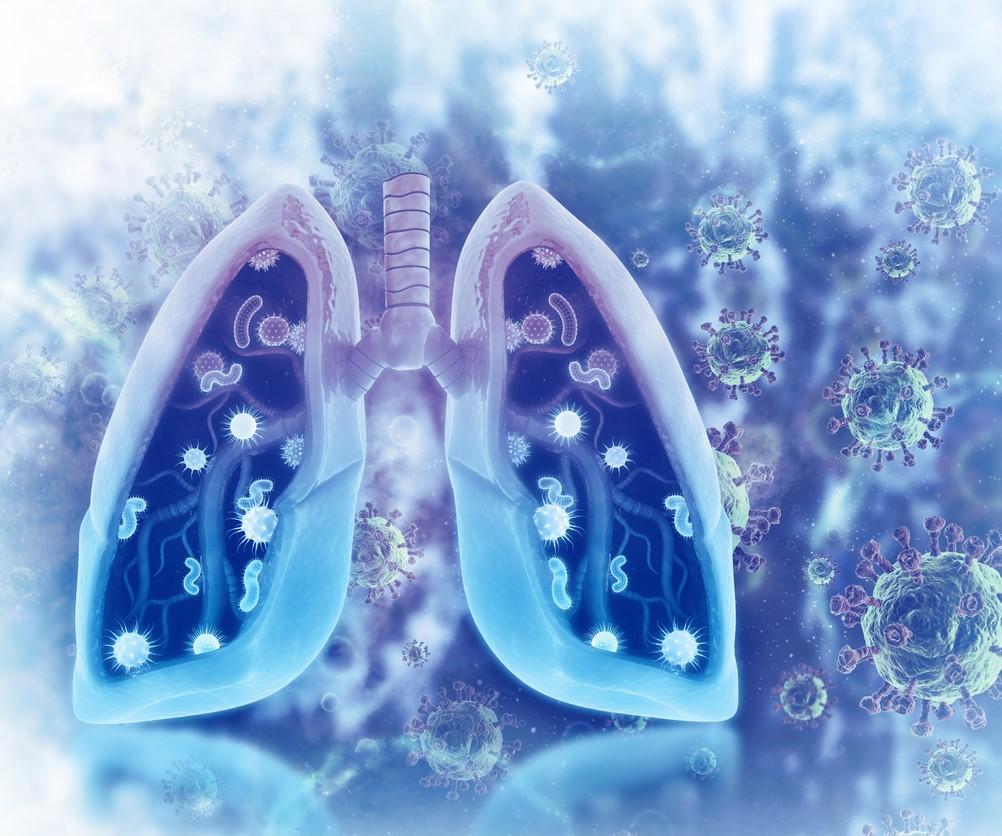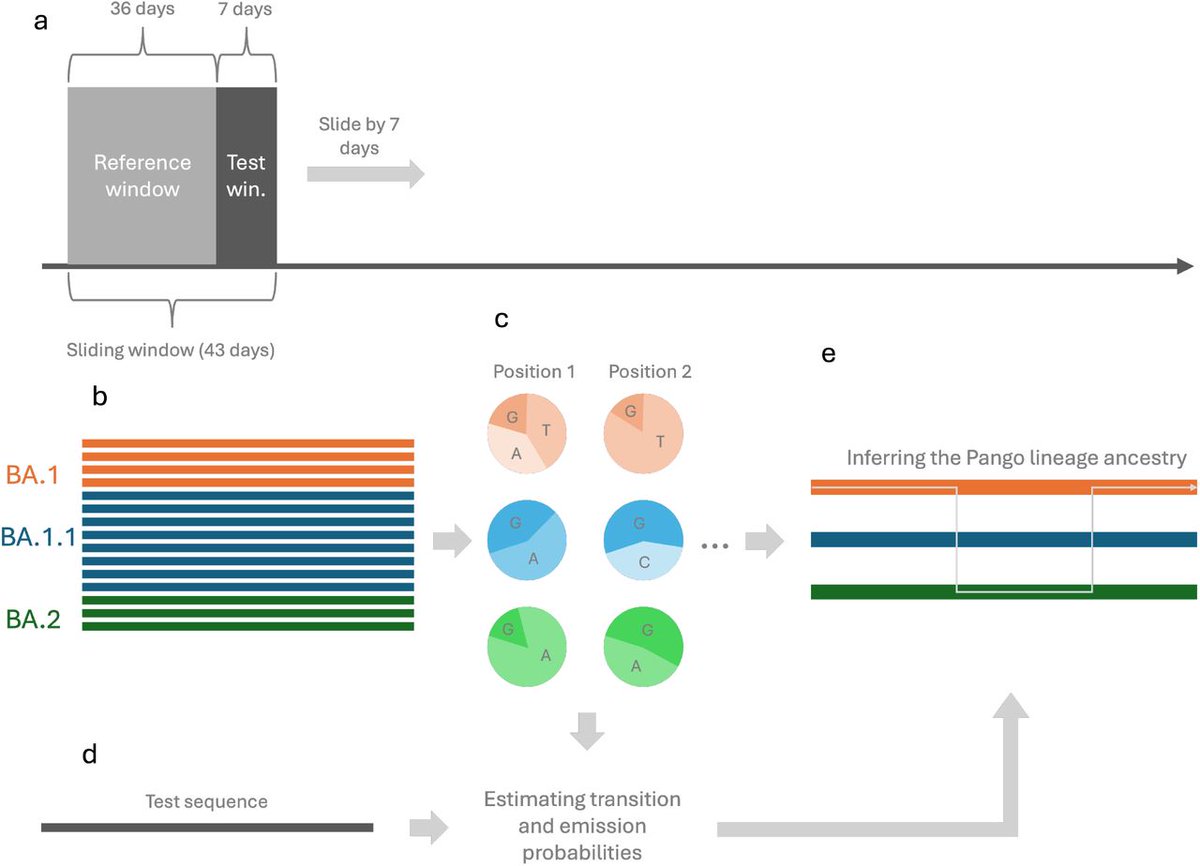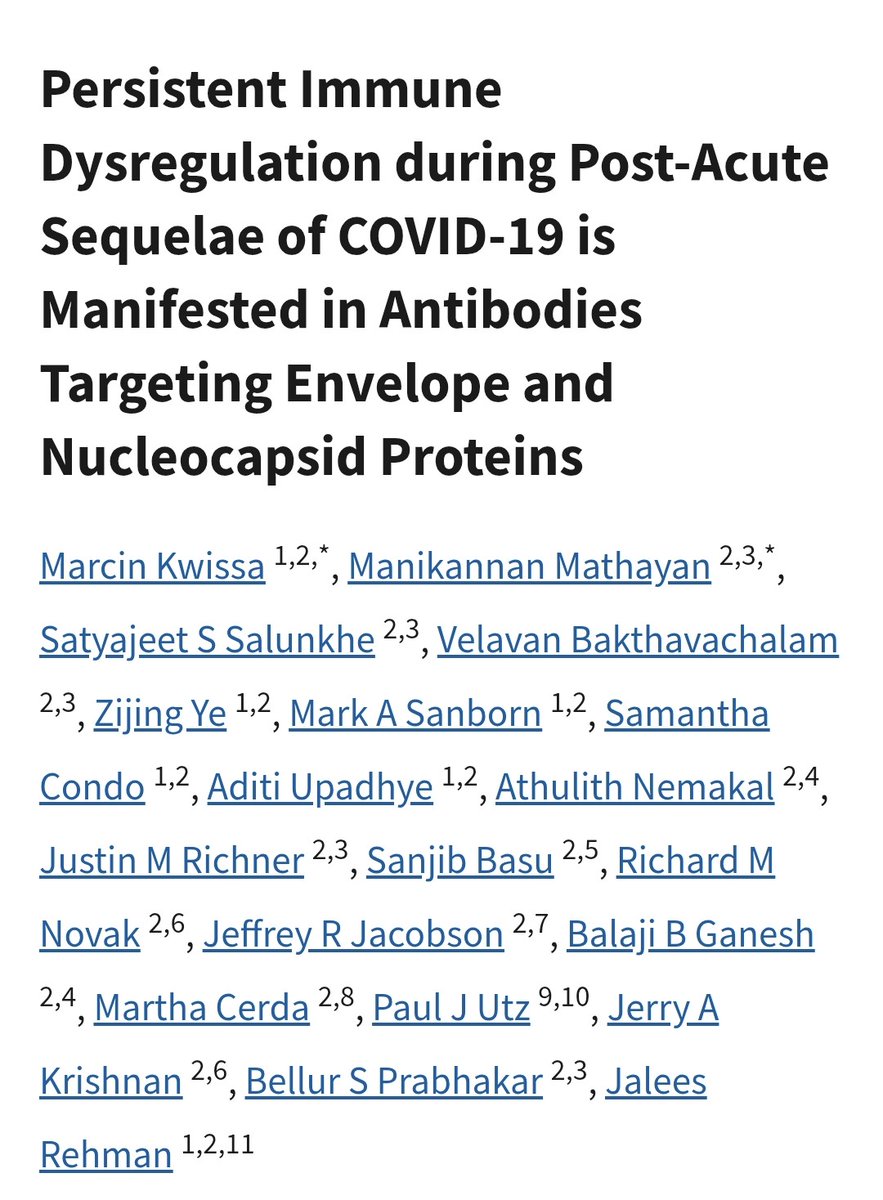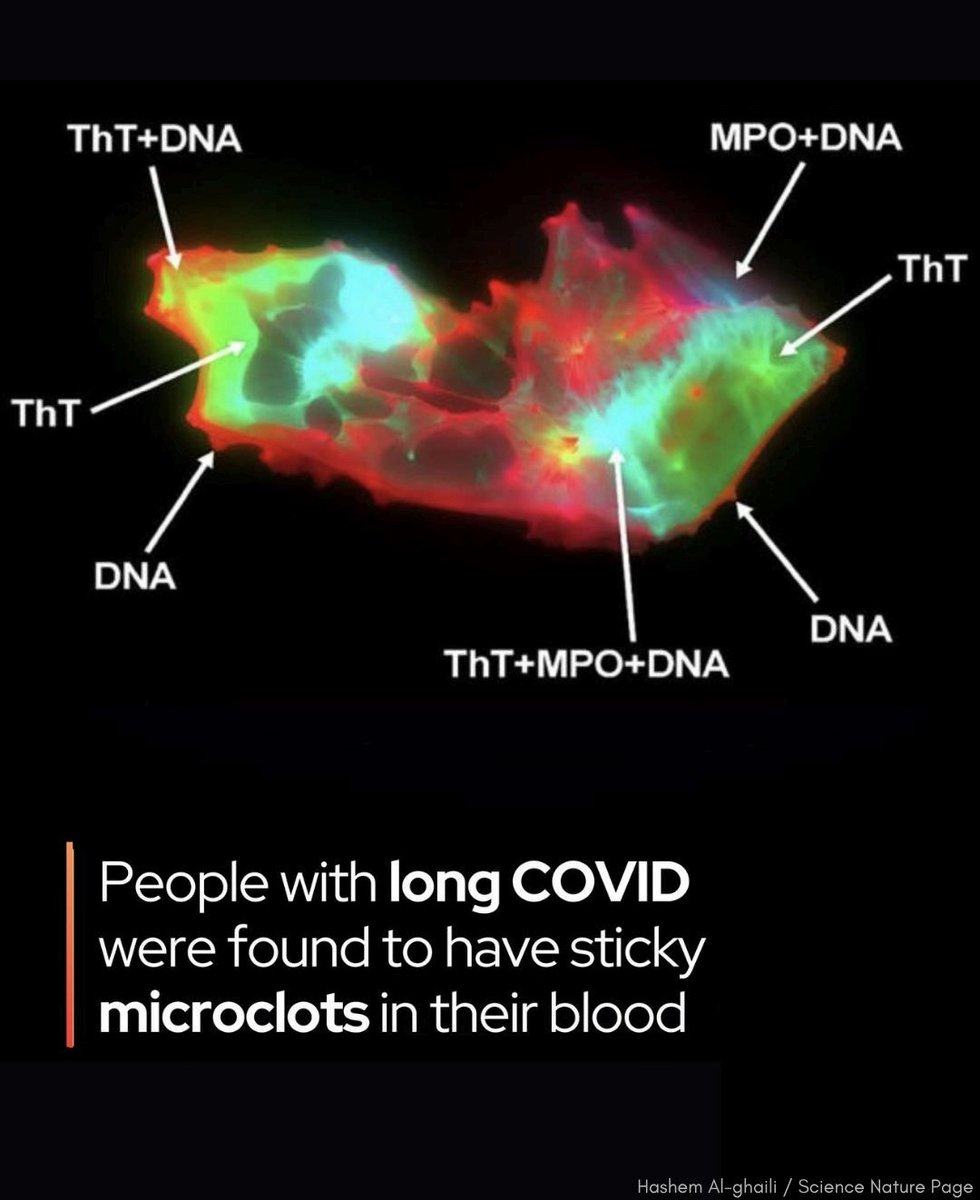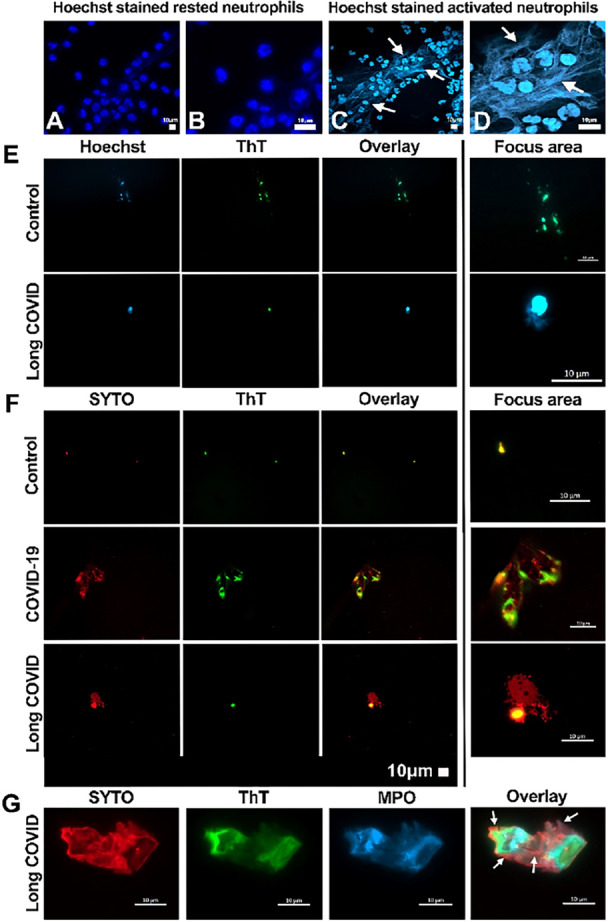𝙏𝙃𝙀 𝘼𝘾𝘾𝙀𝙇𝙀𝙍𝘼𝙏𝙄𝙊𝙉 𝙤𝙛 𝙃𝙄𝙎𝙏𝙊𝙍𝙔
We see very clearly on this graph the incredible acceleration of the substitution rate, with the swarm or cloud JN.1
We see very clearly on this graph the incredible acceleration of the substitution rate, with the swarm or cloud JN.1

2) As a reminder, the substitution rates (and not mutation as I had wrongly indicated in my previous post, thx to @AltenbergLee) were:
▶️ 2020 : 23
▶️ 2021 : 23.3
▶️ 2022 : 29
▶️ 2023 : 29.6
and since the beginning of 2024 : 31.3




▶️ 2020 : 23
▶️ 2021 : 23.3
▶️ 2022 : 29
▶️ 2023 : 29.6
and since the beginning of 2024 : 31.3




4) The title of my post comes from the famous book by Gerard Piel. Sometimes people talk about this subject using the terms of "The Great Acceleration"




5) Pathogens and infectious diseases are not an exception and their diffusion is also accelerating as with socioeconomic indicators. 

6) We only regret that with each new variant / major mutation (Flirt, KP.2, KP.3 or LB.1 and KP.2.3 as my friend Kei Sato @SystemsVirology has just indicated👇) some people feel obliged to announce the emergence of a new wave.
https://x.com/SystemsVirology/status/1798522168806113656?t=T5KCGAB8giYXO9XEdr8Sgg&s=19
7) In our opinion, there is a misunderstanding of the concept of "fertile mutation". For a new wave to emerge, it is not enough for in vitro studies to show its capacity of immune escape, it must also be able to encounter favorable terrain (immune landscape).
8) To conclude, during our previous post on this subject 6 months ago, @flodebarre sent us this remarkable study which we recommend.
Thanks for reading 🙏 academic.oup.com/ve/article/8/2…

Thanks for reading 🙏 academic.oup.com/ve/article/8/2…

• • •
Missing some Tweet in this thread? You can try to
force a refresh



